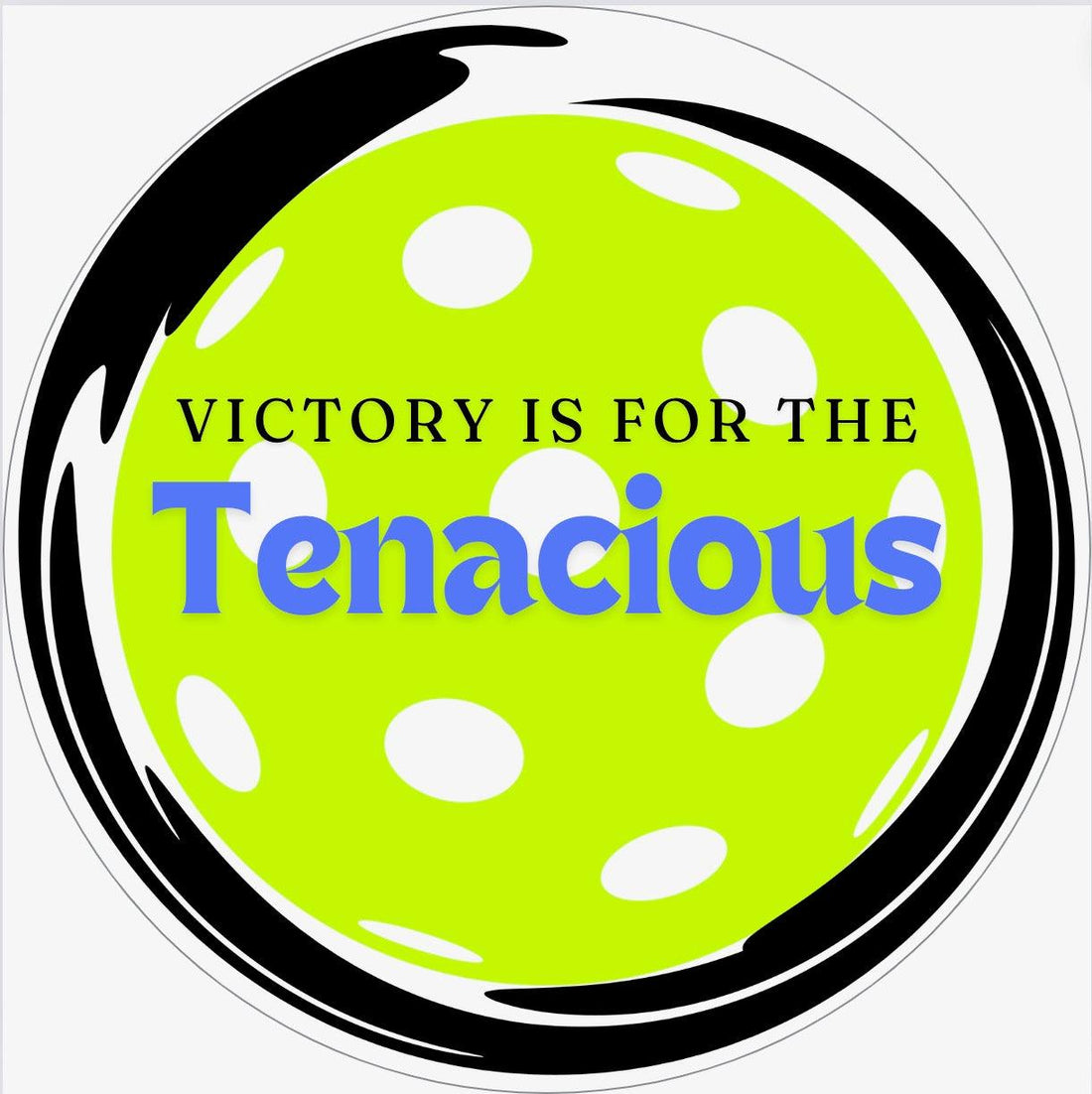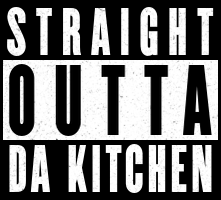
Rally Scoring vs. Traditional Scoring in Pickleball: What You Need to Know
Share
Pickleball continues to grow in popularity, attracting new players from all age groups and skill levels. As the game evolves, so do the rules and formats by which it is played. One of the key discussions in the pickleball community revolves around rally scoring versus traditional scoring. Both scoring methods have their merits, and each impacts the pace and strategy of the game differently. In this post, we’ll break down what rally scoring is, how it compares to traditional scoring, and the pros and cons of each system.
What is Traditional Scoring in Pickleball?
In traditional pickleball scoring, points can only be scored by the serving team. The game is typically played to 11 points, and a team must win by at least 2 points. The serving player or team alternates serves between rallies until a fault is made, and then the serve switches to the opposing team. If the receiving team wins the rally, they do not score a point but earn the right to serve.
Key Points of Traditional Scoring:
- Only the serving team can score.
- The game is played to 11 points, win by 2.
- Serve switches between teams after faults.
- Longer, more strategic rallies are common as teams work hard to regain serve control.
What is Rally Scoring in Pickleball?
Rally scoring allows both the serving and receiving teams to score points. Points are awarded after every rally, regardless of who served. Games using rally scoring are typically played to 15 points, with a team needing to win by 2 points. The serve alternates between teams just like in traditional scoring, but the continuous point progression makes for a faster-paced game.
Key Points of Rally Scoring:
- Both teams can score, regardless of who serves.
- Games are often played to 15 points, win by 2.
- Every rally results in a point, speeding up the game.
- The pace is faster, with less emphasis on defending the serve.
Pros and Cons of Traditional Scoring
Pros:
Strategic Depth: Traditional scoring adds an extra layer of strategy, as teams must win a rally and then serve effectively to score.
Familiarity: Most experienced players are accustomed to traditional scoring, as it has been the standard in recreational play for decades.
Longer Games: Games tend to last longer, allowing for more exciting and prolonged rallies.
Cons:
Slow Pace: Games can drag on, especially if teams struggle to regain serve, leading to lower point accumulation.
Complexity: The scoring system can be a little confusing for beginners who might not understand why the receiving team doesn't earn points after winning a rally.
Pros and Cons of Rally Scoring
Pros:
Faster Games: Rally scoring makes games quicker, which is great for tournaments or players with limited time.
Simpler for Beginners: Since both teams can score on every rally, it’s easier for new players to grasp and follow the scoring system.
More Action: The faster pace means there’s less downtime between serves, keeping the momentum high.
Cons:
Less Strategy: Because both teams score, there’s less emphasis on controlling the serve, which may reduce the strategic element of the game.
Shorter Matches: The quicker point progression might feel too brief for players who enjoy longer, more intense rallies.
Which is Better for You?
The choice between rally scoring and traditional scoring depends on the context in which you’re playing. For casual, recreational games, traditional scoring offers a familiar, strategic experience, especially for seasoned players. However, if you're looking for fast-paced, action-packed games, rally scoring might be the way to go, especially for tournaments or group play where time is a factor.
Ultimately, both formats offer a fun and competitive experience. Whether you prefer the strategy of traditional scoring or the speed of rally scoring, pickleball remains an exciting game for everyone.
Which scoring system do you prefer? If you’re just starting out or looking to try something new, head over to Straight Outta Da Kitchen for all your pickleball gear, from apparel to accessories, and get on the court in style!
